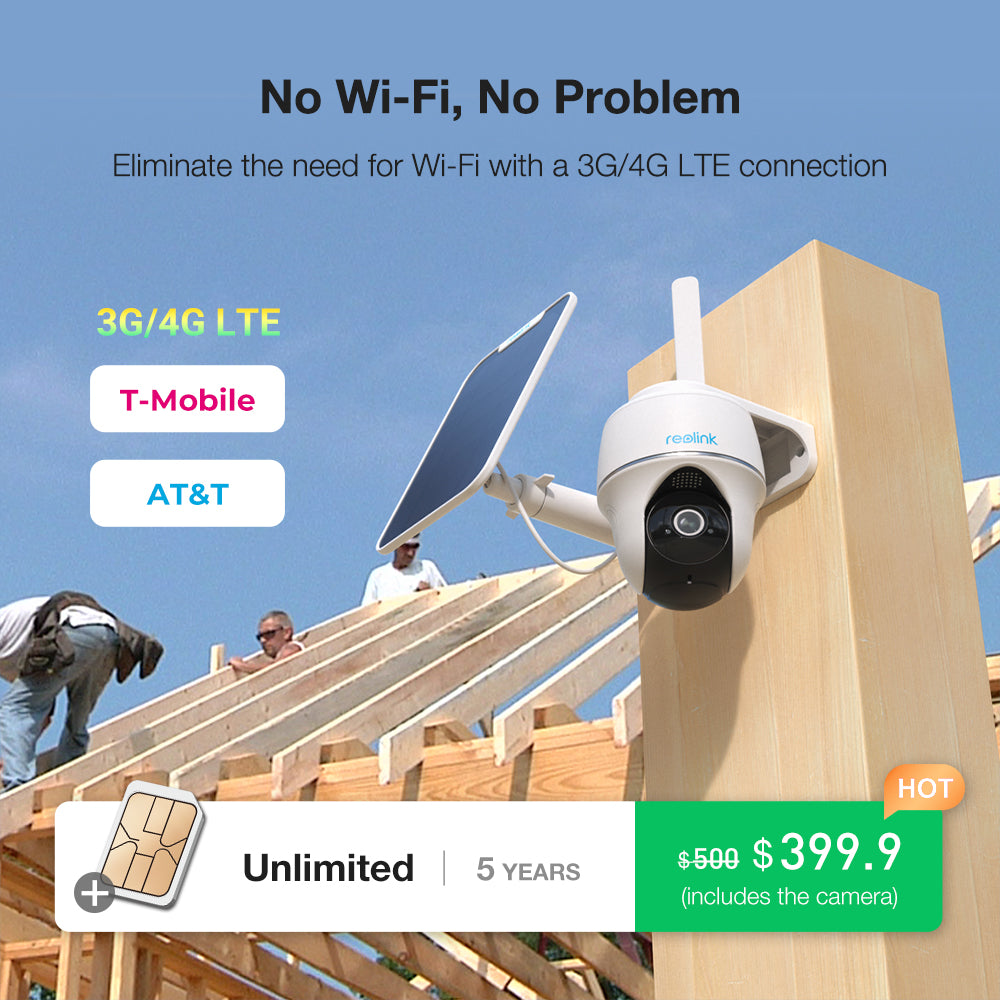In an era where security is paramount, cellular security cameras are emerging as a game-changer in home monitoring. These innovative devices utilize cellular networks to transmit video footage, offering unparalleled flexibility and reliability. But what exactly makes these cameras stand out in the crowded market of surveillance technology?

Understanding Cellular Security Cameras
Cellular security cameras operate independently of traditional Wi-Fi networks. This means they can be installed in remote locations where internet access is limited or non-existent. By leveraging cellular data, these cameras provide a consistent and secure connection, ensuring that homeowners can monitor their properties in real-time, regardless of their location.
Advantages of Cellular Security Cameras
- Reliable Connectivity: Unlike Wi-Fi cameras, which can suffer from connectivity issues, cellular cameras maintain a stable connection through cellular networks.
- Easy Installation: These cameras are typically easier to install since they do not require complex wiring or internet setup.
- Remote Monitoring: Users can access live feeds and recorded footage from anywhere using a smartphone or tablet.
- Enhanced Security: Cellular networks are generally more secure than Wi-Fi, reducing the risk of hacking.
How Do Cellular Security Cameras Work?
Cellular security cameras function by capturing video footage and transmitting it over a cellular network. This process involves several key components:
- Camera Unit: The camera captures video and audio, often equipped with features like night vision and motion detection.
- Cellular Module: This component connects the camera to the cellular network, allowing for data transmission.
- Cloud Storage: Many cellular cameras offer cloud storage options, enabling users to save and access footage remotely.
When a motion event is detected, the camera sends an alert to the user’s device, allowing for immediate action. This real-time monitoring capability is crucial for enhancing home security.
Choosing the Right Cellular Security Camera
When selecting a cellular security camera, consider the following factors:
- Resolution: Higher resolution cameras provide clearer images, which are essential for identifying faces and details.
- Battery Life: Look for cameras with long-lasting batteries, especially if they will be placed in remote areas.
- Data Plans: Understand the data requirements and costs associated with cellular connectivity.
- Additional Features: Features such as two-way audio, cloud storage, and integration with smart home systems can enhance functionality.
The Future of Home Security
As technology continues to evolve, cellular security cameras are likely to become even more sophisticated. Innovations such as artificial intelligence and advanced analytics will further enhance their capabilities, making them an indispensable tool for home security.
For those interested in exploring the latest in cellular security cameras, visit  to discover a range of options tailored to meet your security needs.
to discover a range of options tailored to meet your security needs.
In conclusion, the rise of cellular security cameras marks a significant advancement in home monitoring technology. With their reliability, ease of use, and enhanced security features, they are poised to revolutionize how we protect our homes.







